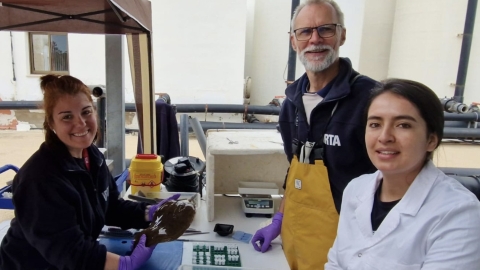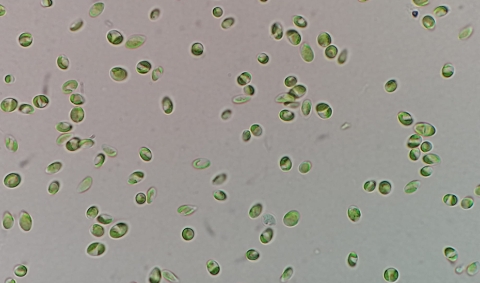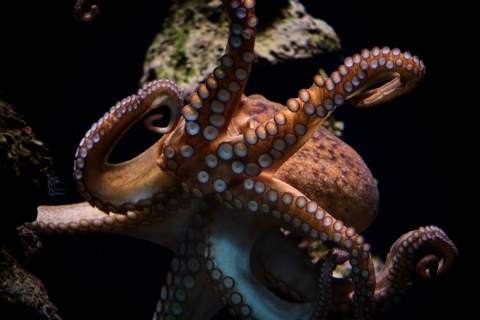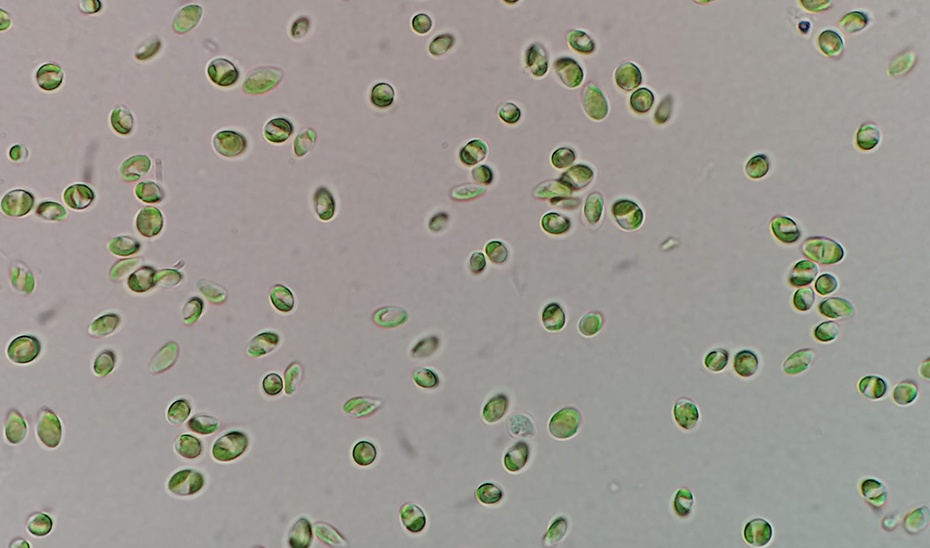
The microalga Coccomyxa onubensis, isolated from the acidic, metal-rich waters of the Tinto River in Huelva, southern Spain, has shown impressive anti-inflammatory properties when cultivated in the presence of iron. These findings come from a study led by the Microalgae Biotechnology Research Group at the University of Huelva, collaboration with the Centre of Marine Sciences at the University of Algarve, in Portugal.
Researchers discovered that cultivating this microalga under iron-induced stress enhances its antioxidant activity and boosts the production of bioactive compounds with anti-inflammatory effects.
“Iron stress activates the microalga’s antioxidant response, significantly increasing the presence of molecules with anti-inflammatory potential. We observed this in vitro test using macrophages-immune cells found in body tissues,” explained lead researcher María Robles.
The team evaluated cell cultures of Coccomyxa onubensis supplemented with different concentrations of Fe (III), and found that extracts from cultures with 0.25 and 0.5 mM iron reduced TNF-alfa production by up to 50%. TNF-alfa (tumour necrosis factor alpha) is a key pro-inflammatory cytokine involved in chronic inflammation.
The tests were conducted in vitro using human macrophages derived from the THP-1 cell line, a standard model for studying immune responses. These cells were stimulated with bacterial lipopolysaccharides (LPS) to trigger inflammation. The inhibition of TNF-alfa confirms the strong anti-inflammatory potential of the extracts.
Despite the high iron levels, no adverse effects on cell viability were observed. On the contrary, the microalga exhibited healthy growth, with maximum photosynthetic performance around 0.7-typical of organisms in good physiological condition. This tolerance is attributed to its extremophilic nature and its ability to regulate internal pH even in highly acidic enviornments.
“Previous studies have shown that this type of microalga is particularly well-adapted to oxidative stress due to its natural environment. Our research confirms that it can withstand high iron concentrations without hindering growth, thanks to its antioxidant capabilities,” added Robles.
Although a slight reduction in antioxidant capacity was noted (measured using the DPPH method), the team attributes this to the structural transformation of compounds during the neutralization of reactive oxygen species (ROS). However, a positive correlation was found between anti-inflammatory activity and the intracellular content of flavonoids, suggesting a key role in combating oxidative stress.
“Free radicals are unstable molecules naturally produced in the body, but they can also be generated by external factors such as pollution, radiation or stress. These radicals damage cells-attracting DNA, protein and lipids-and trigged inflammatory responses as the body attempts to repair the harm,” Robles explained. “Antioxidant compounds, mostly found in fruits and vegetables, can neutralize these radicals and help protec cells from damage.”
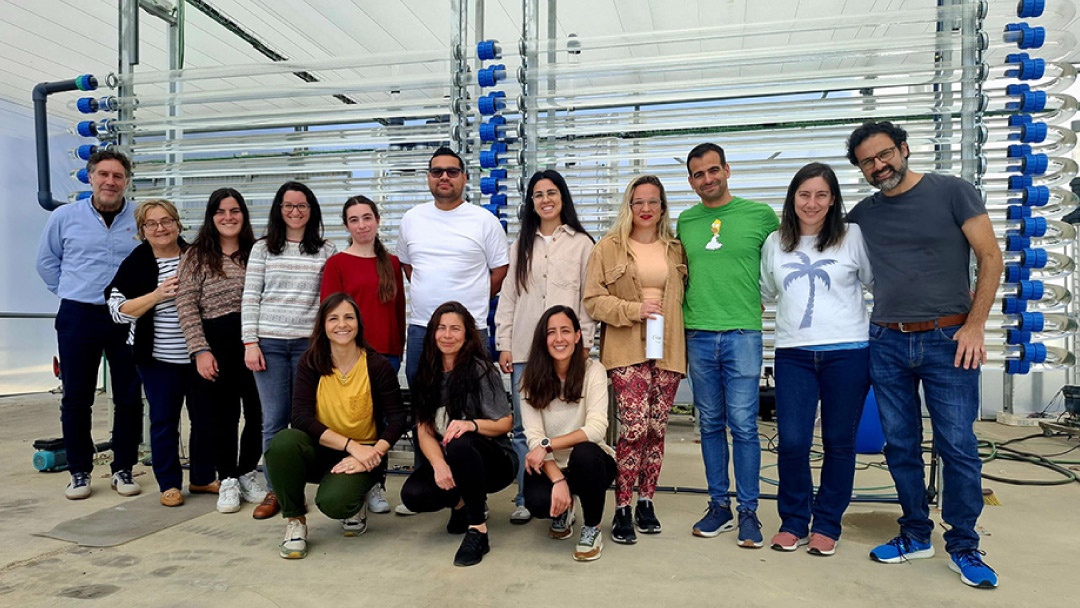
The study also reports cellular changes under stress, including thickening of the cell wall, disruption of thykaloid membranes, and the build-up of intracellular vesicles. Rather than harmful, these changes are interpreted as active physiological adaptations to stress.
Coccomyxa onubensis had previously been recognised for its antioxidant and antibacterial properties. This new research now confirms its promise as a source of bioactive compounds for use in the nutraceutical industry.
“Coccomyxa onubensis shows great promise for the production of anti-inflammatory compounds, including fatty acids, polyphenolic compounds and carotenoids,” noted Robles.
The next step will involve isolating and identifying the specific molecules responsible for this activity, with a view to testing their effects in patients with chronic inflammatory conditions such as ulcerative colitis, Crohn’s disease and rheumatoid arthritis.
This research is part of the European project aALPHA (Acidophile Algae: Leading a Pathway to Health-related bioActivities), funded by Portugal’s Foundation for Science and Technology and the Spanish Ministry of Science, Innovation and Universities under the State Plan for R&D&I. The findings have been published in Plant Physiology and Biochemistry under the title: “An extremely acidic environment microalga from Tinto River as a novel source of anti-inflammatory activity”.
Rererence:
María Robles, Carla S.B. Viegas, Rafael Torronteras, Inés Garbayo, José M. Vega, Dina C. Simes, Carlos Vílchez. An extremely acidic environment microalga from Tinto River as a novel source of anti-inflammatory activity. Plant Physiology and Biochemistry, Volume 223, 2025, 109815, ISSN 0981-9428
https://doi.org/10.1016/j.plaphy.2025.109815

